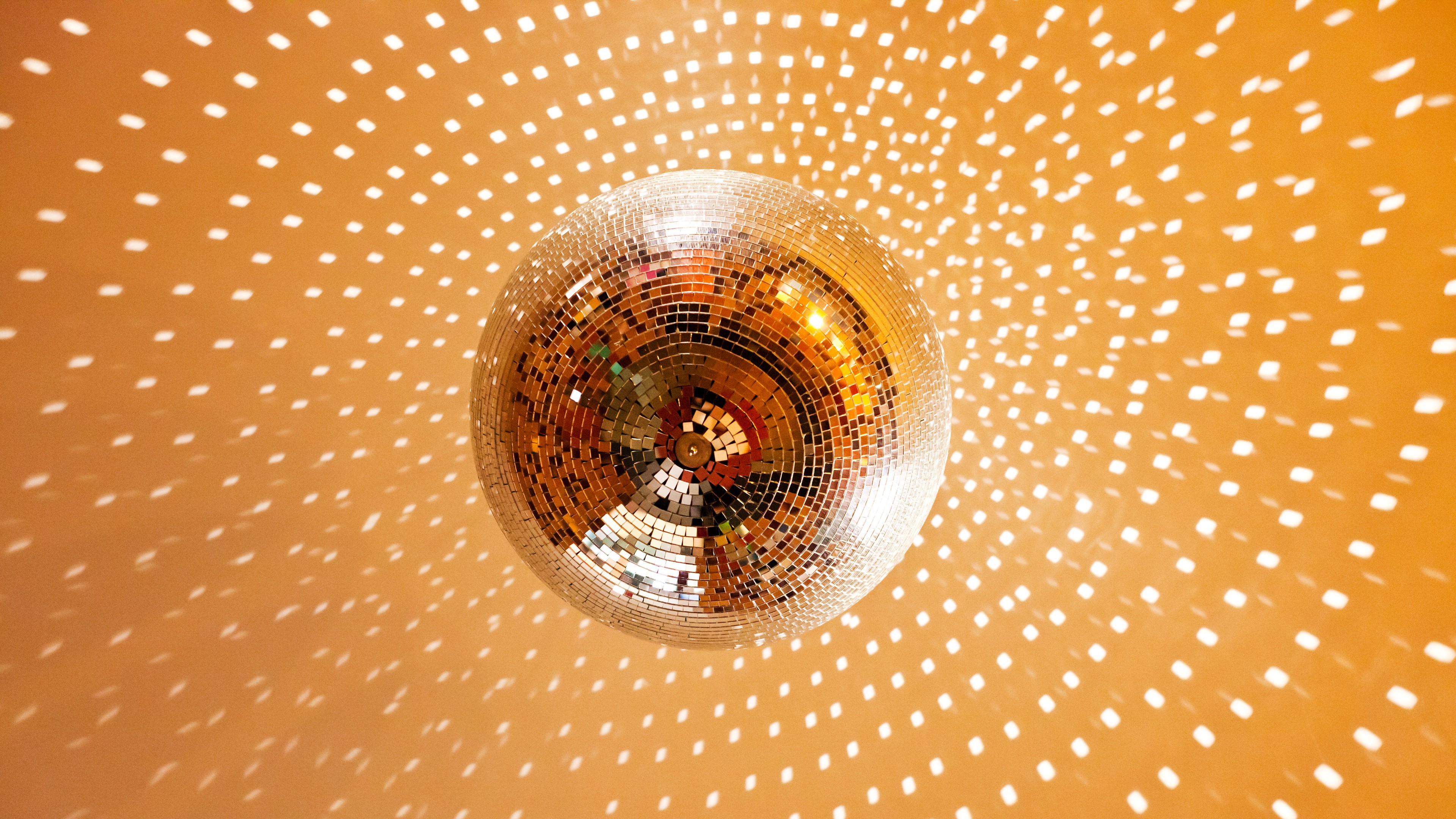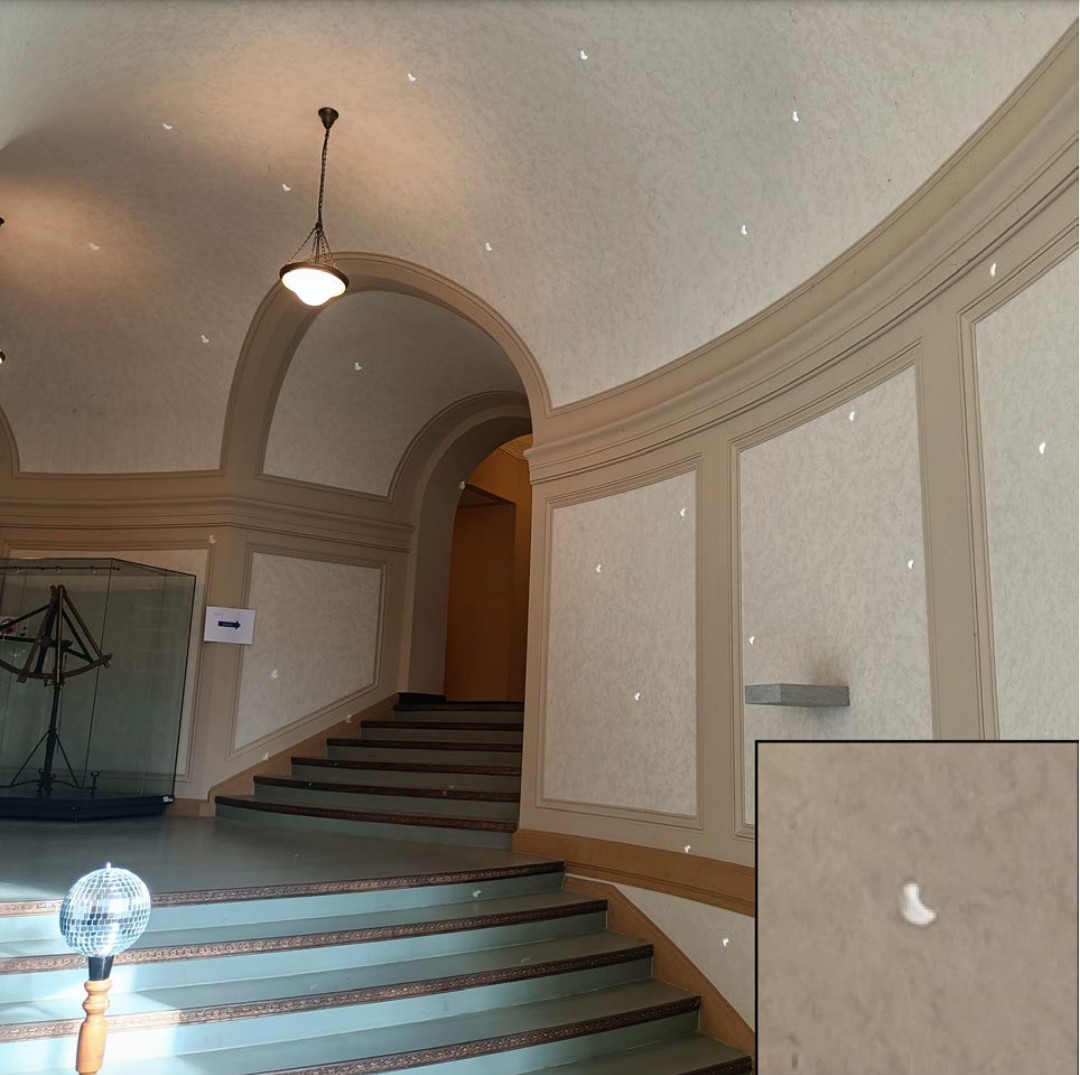Astronomers want you to watch the Oct. 14 'ring of fire' eclipse with a disco ball. No, seriously.
You can't stare at the sun, so how do you watch an eclipse? By reflecting it off of a disco ball, a team of astronomers suggests.

On Oct. 14, a partial "ring of fire" solar eclipse will be visible across most of the Americas for the first time since 2012, and a team of astronomers wants you to enjoy it as science intended: By busting out the old disco ball.
Why? The foremost reason is to save your vision. You're probably aware that staring at the sun, even for a moment, is very, very bad for your eyes and should be avoided at all costs.
Traditionally safe ways of viewing solar eclipses include wearing a pair of approved solar glasses, or viewing the eclipse indirectly with a handheld eclipse projector such as a pinhole camera (a simple device that's easy enough to make at home with some cardboard and tinfoil). In a pinch, you can even hold a kitchen colander over a piece of paper while the eclipse is occurring, and see the shrinking crescent of the sun cast through each tiny hole in the colander's shadow.
These are all safe, proven methods of eclipse viewing — but they lack a certain level of flair and crowd appeal, according to the authors of a new paper titled "Why every observatory needs a disco ball," published Sept. 25 to the preprint database arXiv.
Related: 'Disco' tardigrade parties under microscope, wins international photo prize

Their argument is simple: Rather than projecting a single image of a solar eclipse onto a surface, like a pinhole camera does, a disco ball reflects dozens of identical eclipse images onto multiple surfaces at once, making them "interesting and unexpected objects for demonstrating physics to schoolchildren and the general public," the authors wrote.
"Unlike more traditional solar projection tools like pinhole projectors and colanders, the disco ball spreads its solar images across a room, producing recognizable solar disks from distances of about 2 metres [6.5 feet] and onwards," the researchers wrote. "This makes the disco ball a more accessible tool for larger or socially distanced groups."
Sign up for the Live Science daily newsletter now
Get the world’s most fascinating discoveries delivered straight to your inbox.
For best results, simply place a disco ball near a window with a clear view of the sun, enabling the light to hit as much of the ball's surface as possible. Each mirrored facet of the ball — also known as a pinhole mirror — will reflect an image of the sun's disk onto any nearby surfaces, capturing the progress of the eclipse just as clearly as a pinhole camera would.

Brandon is the space/physics editor at Live Science. His writing has appeared in The Washington Post, Reader's Digest, CBS.com, the Richard Dawkins Foundation website and other outlets. He holds a bachelor's degree in creative writing from the University of Arizona, with minors in journalism and media arts. He enjoys writing most about space, geoscience and the mysteries of the universe.










